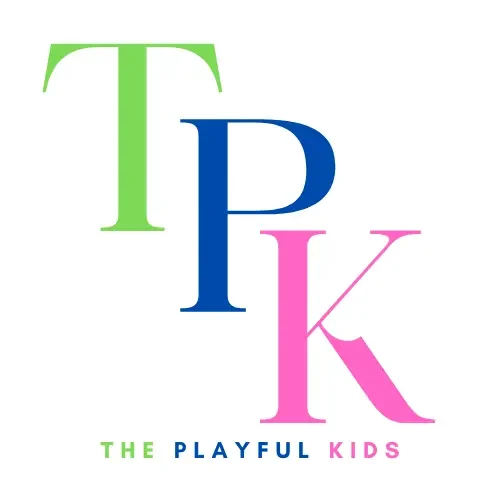As parents and caregivers, we’re always looking for ways to support our little ones’ development. Sensory play—activities that engage the senses of touch, smell, taste, sight, and hearing—offers a wonderful opportunity to do just that. Beyond being incredibly fun, sensory play is a powerful tool for cognitive development in toddlers, helping them build neural connections that support learning, problem-solving, and creativity.
In this article, we’ll explore 10 sensory play activities that stimulate cognitive development in toddlers between 1-3 years old. Each of these carefully selected sensory play activities targets different cognitive skills while providing a multi-sensory experience your little one will love! Whether you’re new to sensory play or looking to expand your repertoire, these activities are designed to be easy to set up with materials you likely already have at home.
What is Sensory Play and Why is it Important?
Sensory play refers to activities that stimulate a child’s senses—touch, smell, taste, sight, and hearing—as well as movement and balance. According to researchers at Harvard’s Center on the Developing Child, these experiences are crucial for building neural connections that support cognitive development in early childhood. The American Academy of Pediatrics recommends daily sensory exploration for toddlers, as it enhances language skills, problem-solving abilities, and emotional regulation. In our increasingly digital world, tactile sensory play provides essential developmental benefits that screen time alone cannot offer, making it a vital component of your toddler’s daily routine.
Sensory play includes any activity that stimulates a child’s senses. When toddlers engage their senses, they’re building pathways in the brain that help them make sense of the world around them. These experiences are crucial for:
- Language development – as children describe textures, smells, and tastes
- Fine motor skills – as they manipulate different materials
- Problem-solving abilities – as they experiment with cause and effect
- Scientific thinking – as they observe changes and make predictions
- Emotional regulation – as they find sensory activities calming and grounding
Now, let’s dive into our 10 favorite sensory play activities for cognitive development!
1. Rainbow Rice Sensory Bin
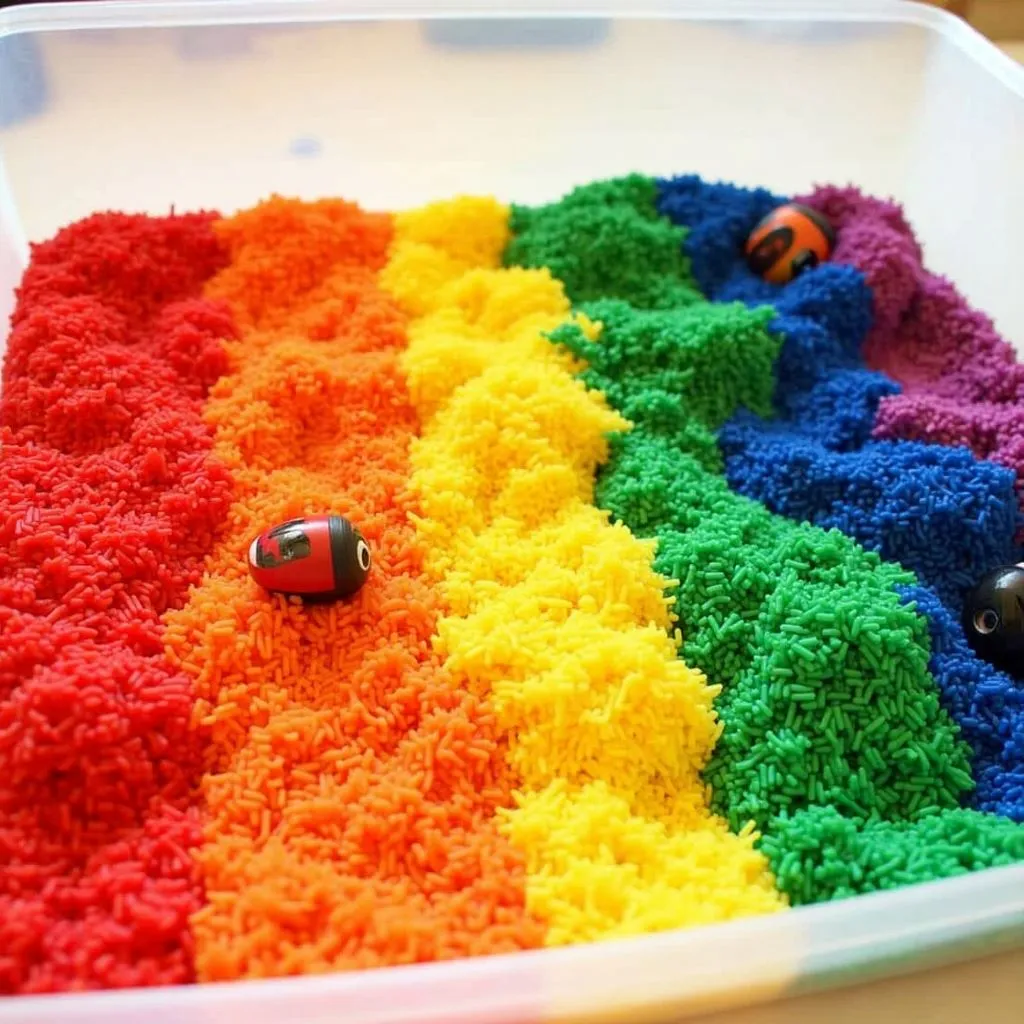
Materials:
- White rice
- Food coloring or liquid watercolors
- Vinegar
- Baking sheets
- Containers and scoops
- Small toys or objects to hide
How to Set Up:
- Divide white rice into separate zip-top bags
- Add a few drops of food coloring and a splash of vinegar to each bag
- Seal and shake until the rice is evenly colored
- Spread on baking sheets to dry (about 3 hours)
- Once dry, arrange in a large container in rainbow stripes or mix together
Cognitive Benefits:
Rainbow rice sensory bins help toddlers develop color recognition, sorting skills, and understanding of volume and capacity as they pour and transfer the rice. When you hide small objects in the rice for them to find, you’re also building their memory and problem-solving abilities.
2. Water Bead Exploration: A Top Sensory Play Activity That Stimulates Cognitive Development in Toddlers
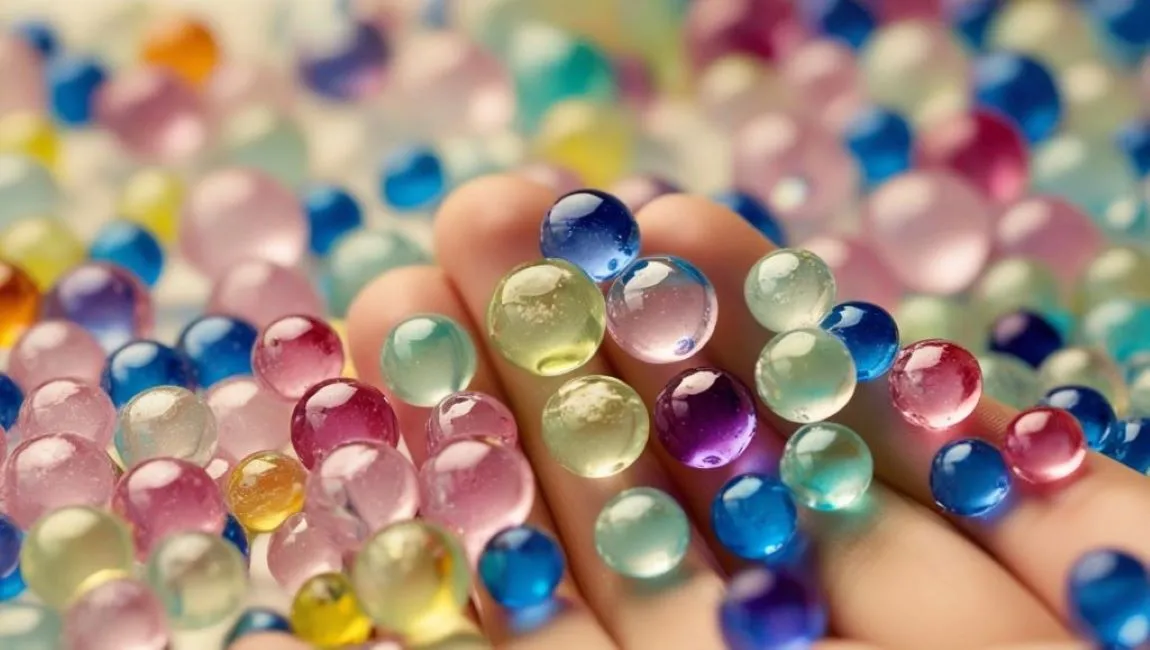
Materials:
- Water beads
- Large container
- Various tools (slotted spoons, cups, funnels)
How to Set Up:
- Soak water beads according to package instructions (usually 4-8 hours)
- Place in a large container
- Provide tools for scooping, transferring, and examining
Cognitive Benefits:
Water beads offer a unique sensory experience that supports understanding of object permanence as beads disappear and reappear in the water. The slippery texture challenges fine motor control, while sorting by color enhances classification skills and visual processing – all crucial aspects of early cognitive development. This multisensory experience engages multiple brain pathways simultaneously, making it particularly effective among sensory play activities for building neural connections..
Safety Note: Always supervise closely during water bead play and store out of reach, as they pose a choking hazard.
3. Sensory Sound Bottles
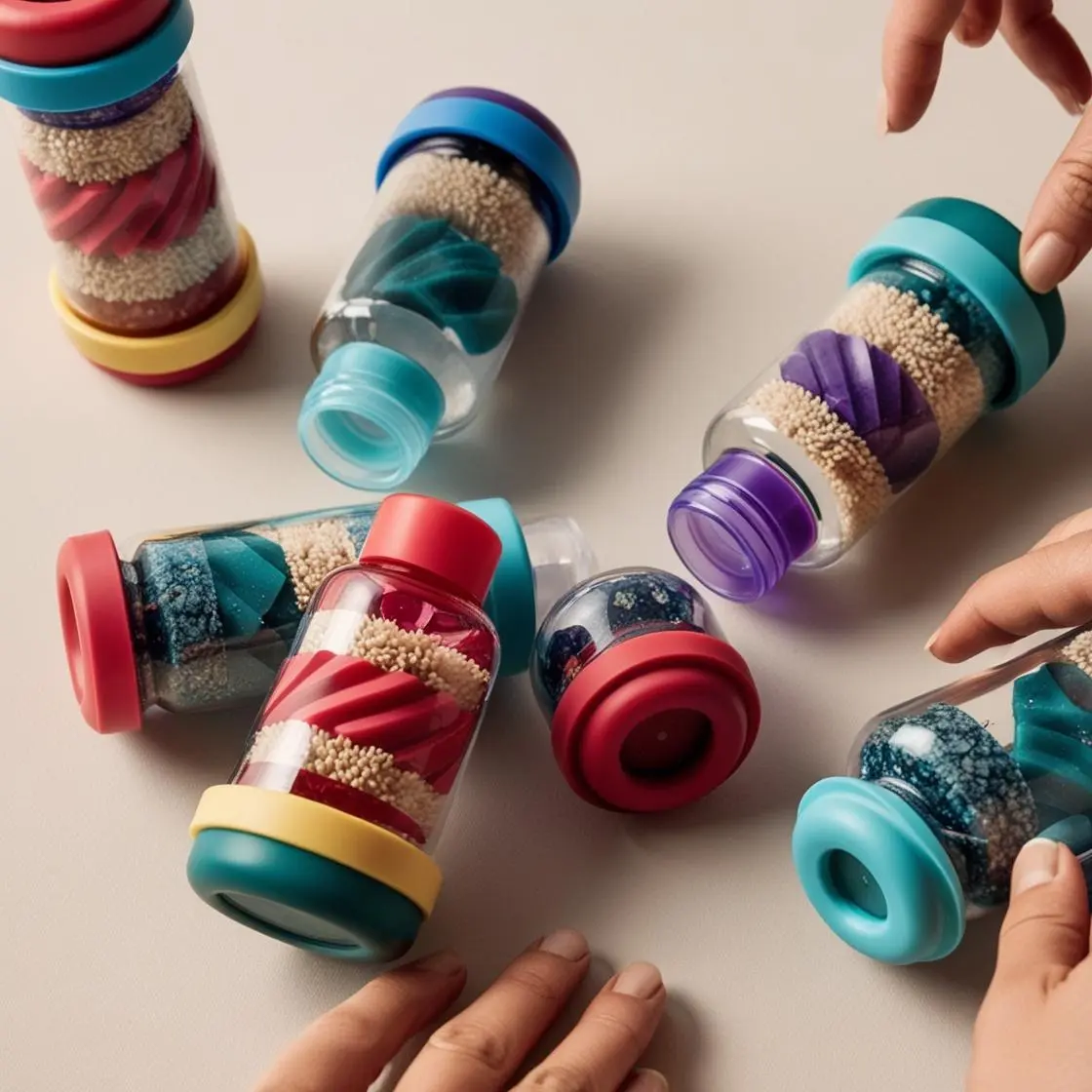
Materials:
- Clear plastic bottles with secure lids
- Various fillings (bells, rice, beans, water with food coloring)
- Strong glue to secure lids
How to Set Up:
- Fill each bottle with different materials
- Secure lids with strong glue to prevent opening
- Create bottles that make distinct sounds when shaken
Cognitive Benefits:
Sound bottles are among the 10 sensory play activities that stimulate cognitive development in toddlers by enhancing auditory processing pathways. They help toddlers develop critical auditory discrimination skills as they learn to identify different sounds and patterns. This activity builds cause-and-effect understanding (“when I shake this bottle, it makes this sound”) and supports memory development as children recall which bottles make which sounds. By engaging multiple senses simultaneously, these sound explorations create rich neural connections that are fundamental to early cognitive development.
Safety Tip: Always ensure lids are securely glued to prevent small objects from becoming accessible.
4. Taste Testing Exploration
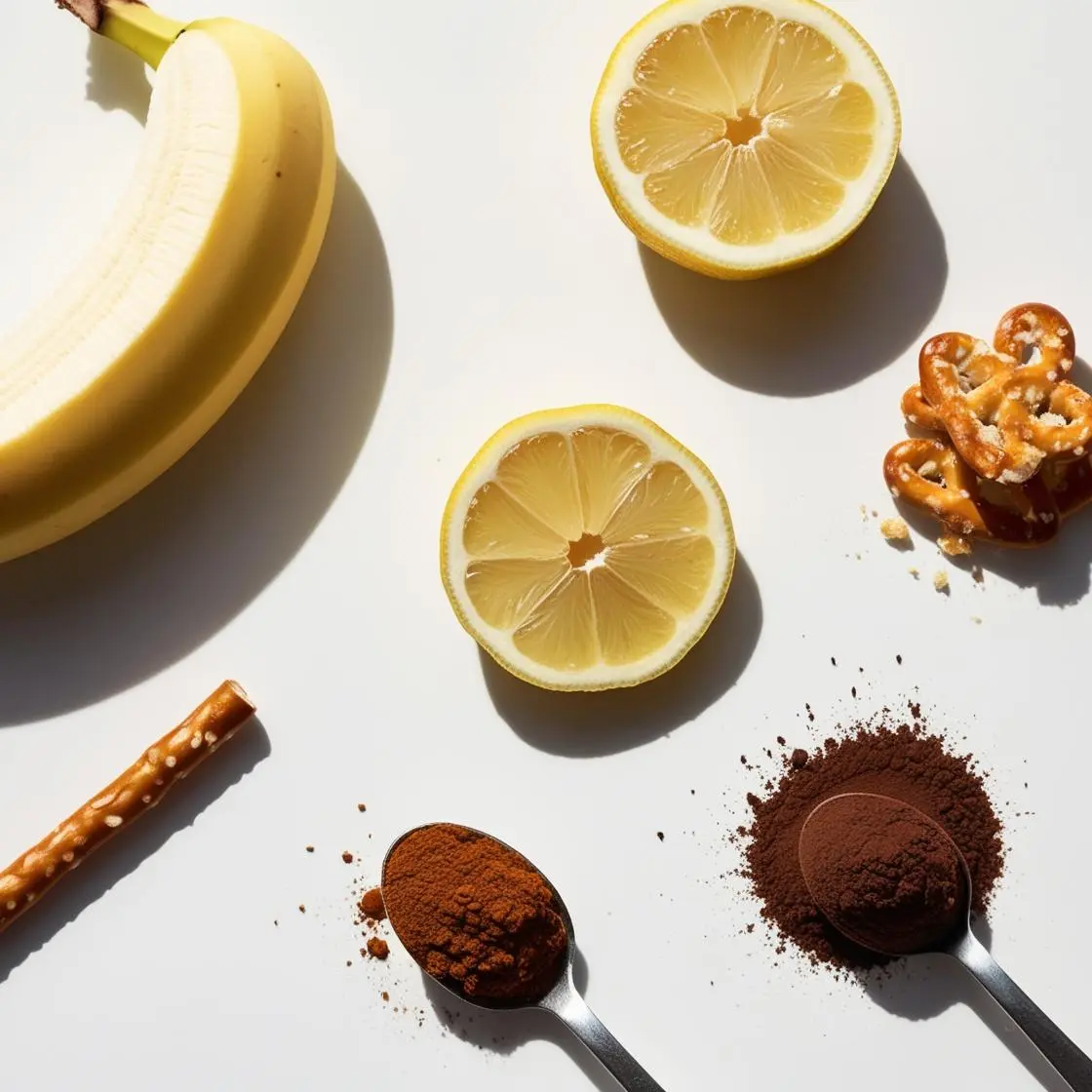
Materials:
- Small samples of foods with distinct flavors:
- Sweet (banana)
- Sour (lemon)
- Salty (pretzel)
- Bitter (small taste of cocoa powder)
How to Set Up:
- Arrange small samples on a plate
- Invite your toddler to taste each one
- Use descriptive language about the tastes
- Observe their reactions and encourage them to describe the experience
Cognitive Benefits:
Taste testing helps toddlers develop vocabulary for sensations and build classification skills. It also introduces early science concepts as they learn to categorize foods by their tastes, textures, and properties.
5. Scented Play Dough
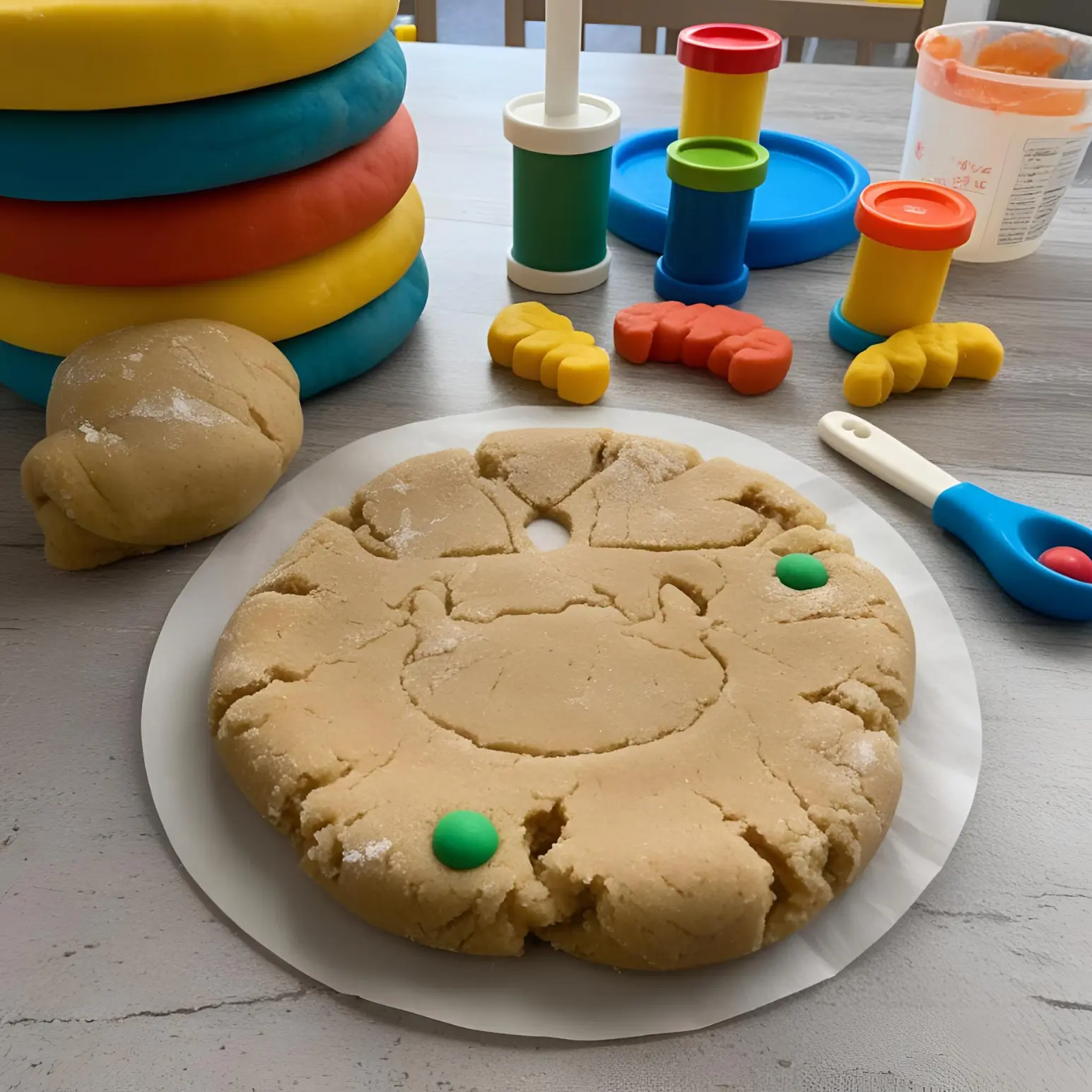
Materials:
- 2 cups flour
- 1/2 cup salt
- 2 tbsp cream of tartar
- 2 tbsp vegetable oil
- 1.5 cups boiling water
- Food coloring
- Natural scents (vanilla extract, cinnamon, lavender oil, etc.)
How to Set Up:
- Mix dry ingredients in a bowl
- Add oil and boiling water
- Stir until a dough forms
- Once cool enough to handle, knead until smooth
- Divide and add different food coloring and scents to each portion
Cognitive Benefits:
Scented play dough provides a rich multi-sensory experience engaging touch, smell, and sight simultaneously. As toddlers manipulate the dough, they’re building hand strength and fine motor skills essential for writing later on. The sensory input also stimulates neural connections across different parts of the brain, enhancing overall cognitive development.
6. Light Table Exploration
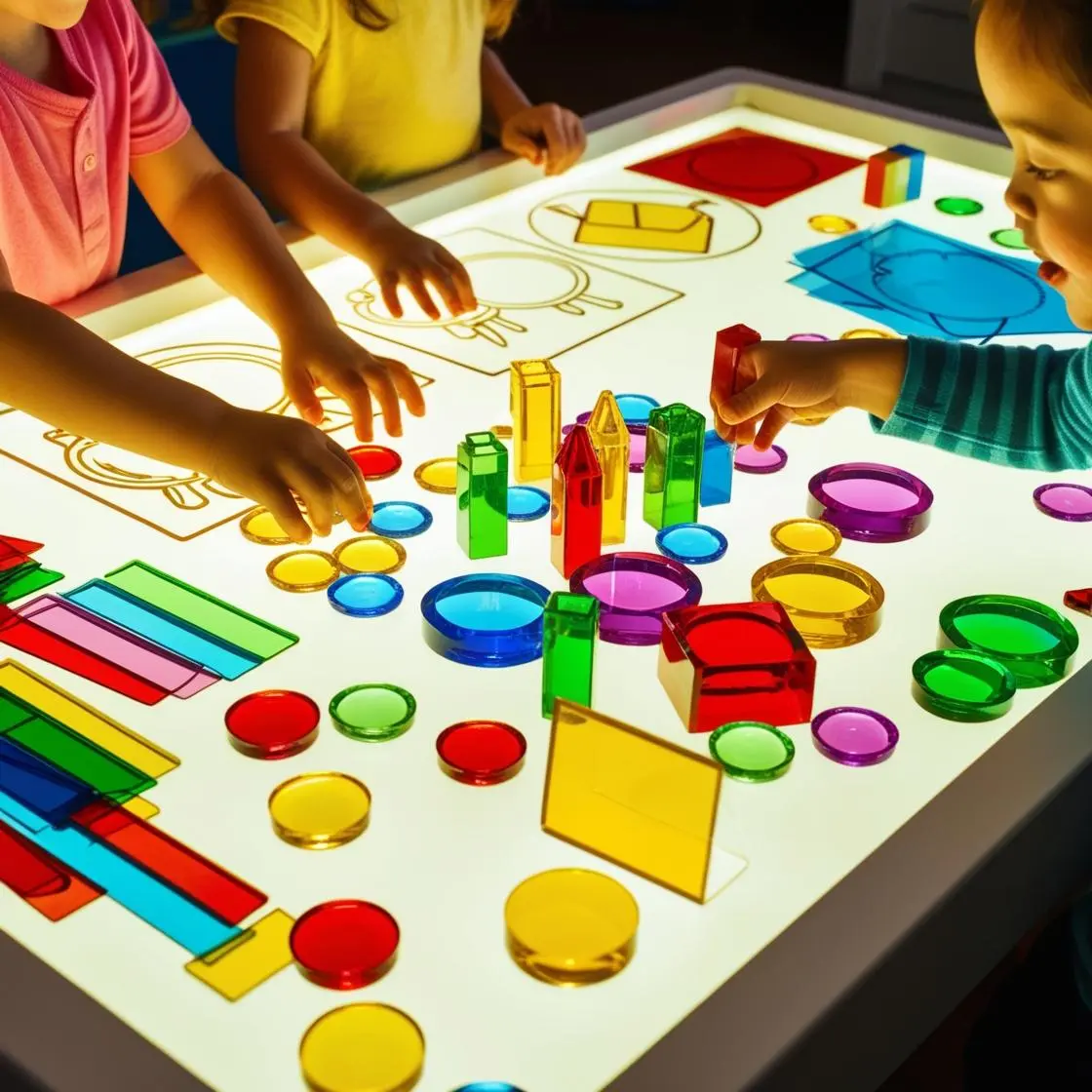
Materials:
- DIY light table (clear plastic container with string lights underneath)
- Transparent colored objects (gems, blocks, colored cellophane)
- Tracing templates
How to Set Up:
- Create a simple light table using a clear container with string lights
- Provide transparent colored objects for exploration
- Offer simple tracing templates for older toddlers
Cognitive Benefits:
Light table play enhances visual discrimination skills and understanding of color mixing. As toddlers layer transparent objects, they observe how colors combine and change—an early introduction to scientific principles. The engaging visual feedback promotes focused attention and concentration.
7. Textured Walkway
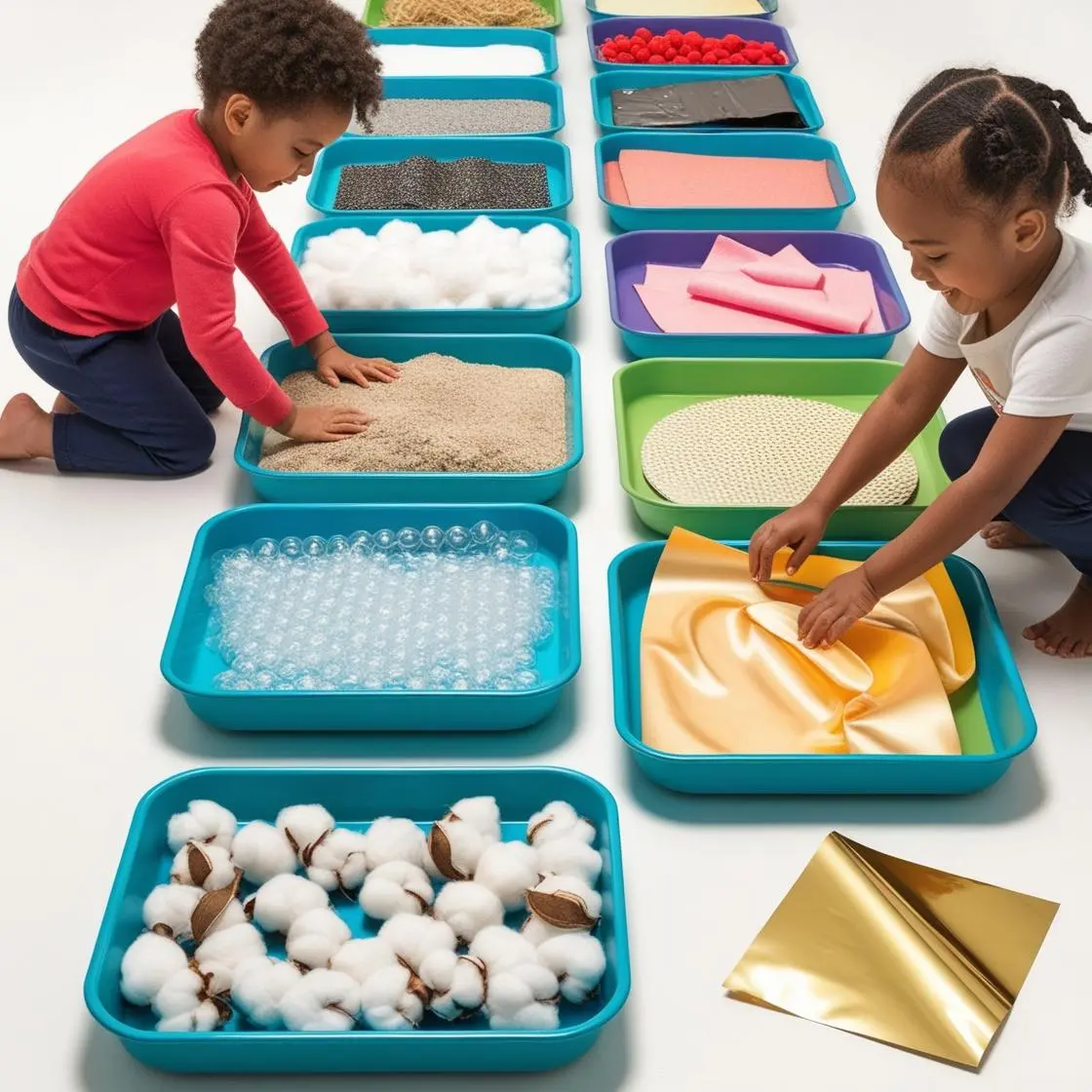
Materials:
- Shallow containers or trays
- Various textures:
- Soft (cotton balls)
- Rough (sandpaper)
- Bumpy (bubble wrap)
- Smooth (satin fabric)
- Sticky (contact paper with sticky side up)
How to Set Up:
- Arrange containers in a line or path
- Fill each with a different texture
- Invite your toddler to walk or crawl through barefoot
Cognitive Benefits:
Textured walkways help toddlers develop body awareness and spatial understanding. As they navigate different surfaces, they’re building neural pathways that connect sensory input with motor responses. This activity also builds vocabulary as you introduce words like “smooth,” “rough,” “soft,” and “bumpy.”
8. Nature Sensory Basket
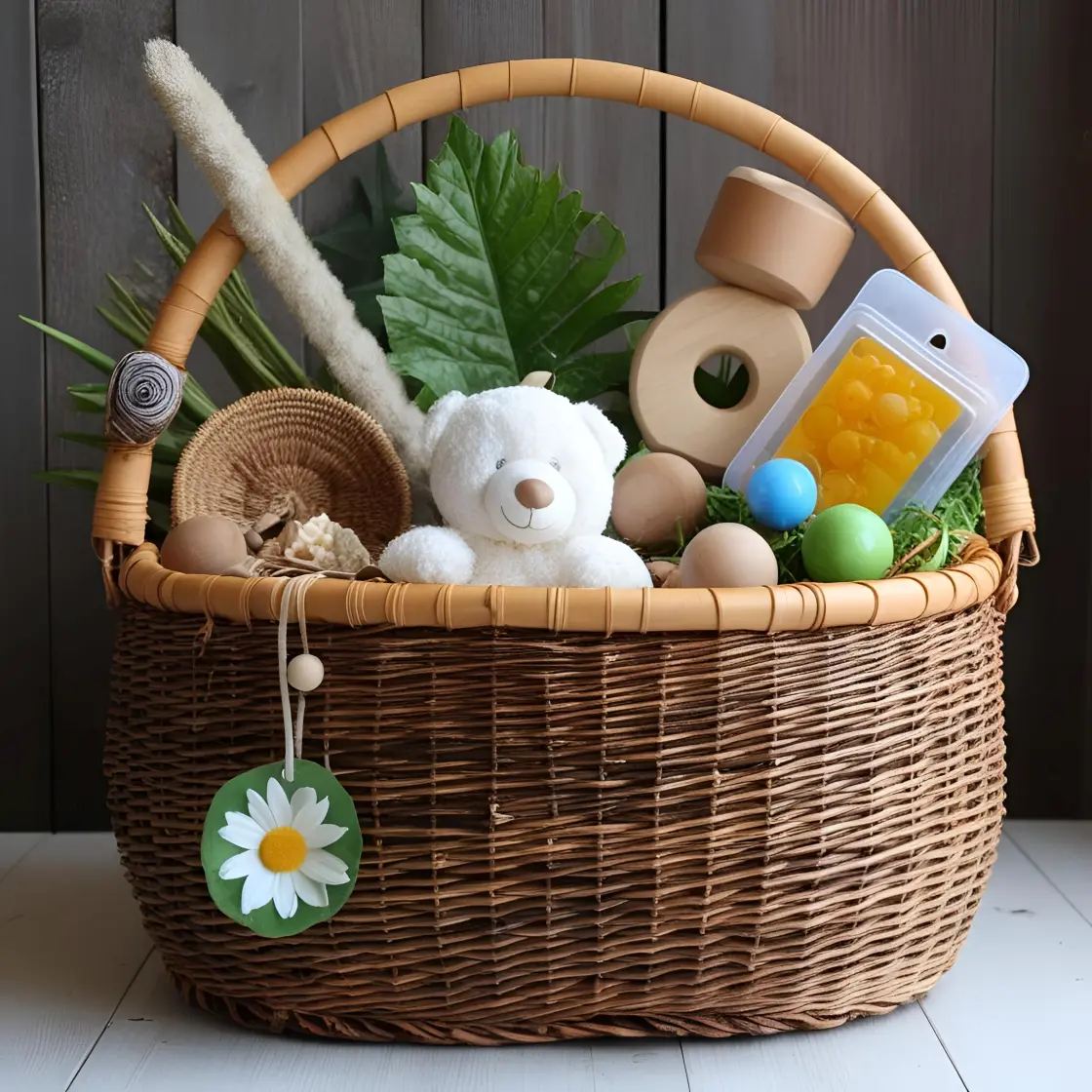
Materials:
- Basket or container
- Natural items:
- Pinecones
- Smooth stones
- Leaves of different textures
- Flowers
- Bark pieces
- Feathers
How to Set Up:
- Collect items during a nature walk with your toddler
- Arrange in a basket for exploration
- Supervise as they examine each item
Cognitive Benefits:
Nature baskets help toddlers develop observation skills and classification abilities as they examine and group similar items. The variety of natural textures provides rich sensory input that supports brain development and builds connections to the natural world. This activity also introduces early concepts of biology and environmental science.
9. Mirror Play with Shaving Cream
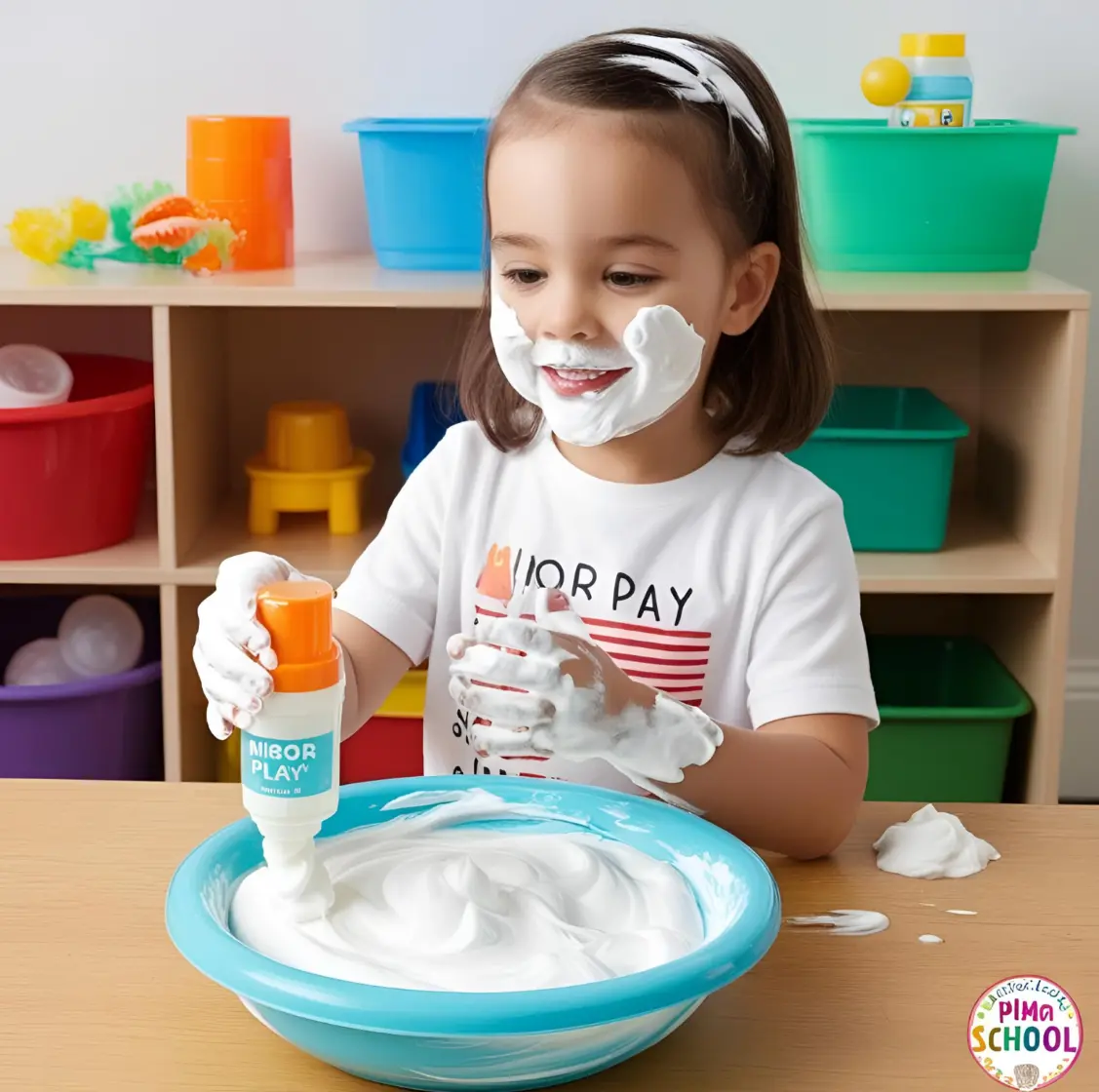
Materials:
- Large mirror (secured safely)
- Shaving cream (non-menthol)
- Food coloring (optional)
How to Set Up:
- Secure mirror flat on a table or floor
- Spray small mounds of shaving cream
- Add drops of food coloring if desired
- Encourage drawing, swirling, and exploring
Cognitive Benefits:
Mirror play with shaving cream combines tactile stimulation with visual feedback, creating a powerful learning experience. As toddlers draw in the cream and see their creations in the mirror, they’re developing spatial awareness and understanding of cause and effect. The activity also builds early writing skills as they use their fingers to make marks and patterns.
10. Musical Instrument Exploration
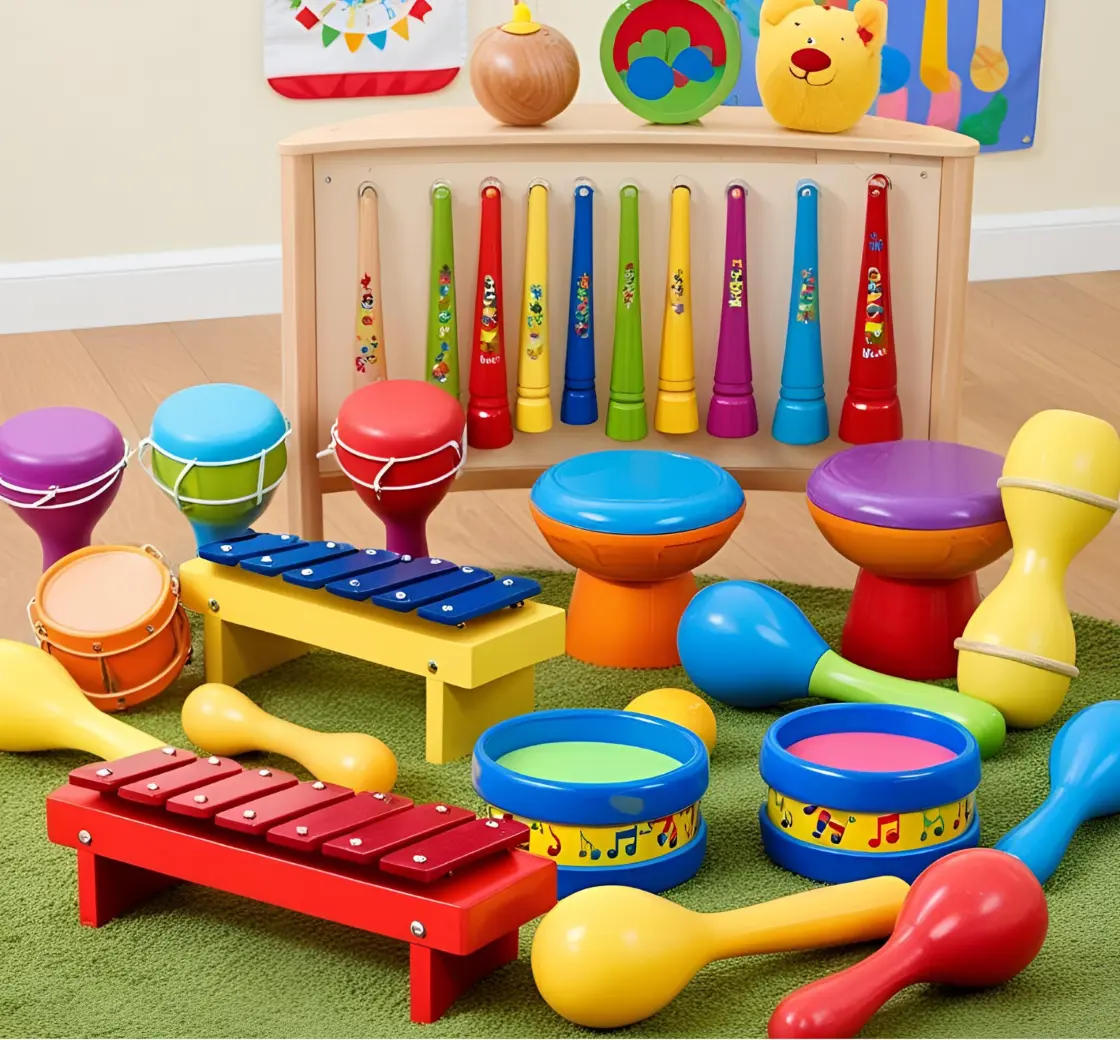
Materials:
- Homemade instruments:
- Shakers (containers filled with beans/rice)
- Drums (containers with tight fabric tops)
- String instruments (rubber bands stretched over boxes)
- Chimes (hanging metal objects)
How to Set Up:
- Create several simple instruments
- Demonstrate different ways to make sounds
- Allow free exploration
- Play simple games with loud/soft or fast/slow sounds
Cognitive Benefits:
Musical exploration helps toddlers develop auditory discrimination skills and understand concepts like cause and effect. As they experiment with different ways to create sounds, they’re building problem-solving abilities and creative thinking. The rhythmic elements of music also support pattern recognition—an important foundation for later math skills.
Tips for Successful Sensory Play
- Follow your child’s lead: Some toddlers dive right in, while others prefer to observe first. Both approaches are perfectly fine.
- Start small: Begin with shorter sessions and simpler activities if your child is new to sensory play.
- Be prepared for mess: Sensory play is often messy! Set up in an easy-to-clean area or outdoors.
- Narrate the experience: Use descriptive language to help build vocabulary. “The rice feels grainy between your fingers” or “Look how the colors mix together!”
- Ask open-ended questions: “What happens when you pour the water?” or “How does that feel on your hands?”
Conclusion
Sensory play is a powerful tool for supporting cognitive development in toddlers. These 10 activities offer a starting point for creating rich sensory experiences that will help your little one build the neural connections needed for learning and development.
Remember that the most valuable aspect of sensory play is the process of exploration—not creating a perfect end product. By providing these opportunities, you’re giving your child the gift of discovery while supporting their growing brain.
Which sensory activity will you try first? We’d love to hear about your experiences in the comments below!
